OAuth 2 Clients
An OAuth 2 client is an entity that makes authentication requests to Wristband.
Wristband utilizes the OIDC protocol for authenticating users and the OAuth 2 Client Credentials grant for authenticating machines. Therefore, OAuth 2 clients are required to initiate any authentication request to Wristband. In Wristband's model, an application can have multiple clients that are allowed to initiate authentication requests. For example, a Wristband application could have a backend server client for authenticating users from their web app while also having a native client for authenticating users from their mobile app. Additionally, a Wristband application could have machine-to-machine clients for software that requires authentication without user involvement.
In the sections below, we'll cover key concepts regarding OAuth 2 Clients.
Client Types
Each client in Wristband has a type associated with it. The type of client affects how authentication requests are made to Wristband, so it's essential to choose the right client for your use case. There are three types of clients that Wristband supports:
- Backend Server
- Native
- Machine-to-Machine
These client types are grouped into two main classifications based on their ability to handle credentials securely:
Client Classification | Client Types | Description |
|---|---|---|
Public |
| These are clients that cannot securely store credentials locally. As such, when you create a public client, it will not have a client secret. Since public clients don't have a secret, they can't authenticate themselves, and can only be used to authenticate users. When making authentication requests to Wristband, public clients must use PKCE to ensure secure communication. |
Confidential |
| These are clients that can securely store client credentials. When you create a confidential client, a secret will be generated that must be stored securely. During authentication flows, confidential clients must authenticate themselves using their client ID and secret. |
In addition to being classified as public or confidential, clients can differ in several other ways. The sections below provide a detailed overview of the different client types and their key features.
Backend Server Client Type
Backend server clients are intended for web applications running on a server. As confidential clients, they have a client ID and a secret, which must be stored securely on the backend. All authentication requests to Wristband should originate from the backend server.
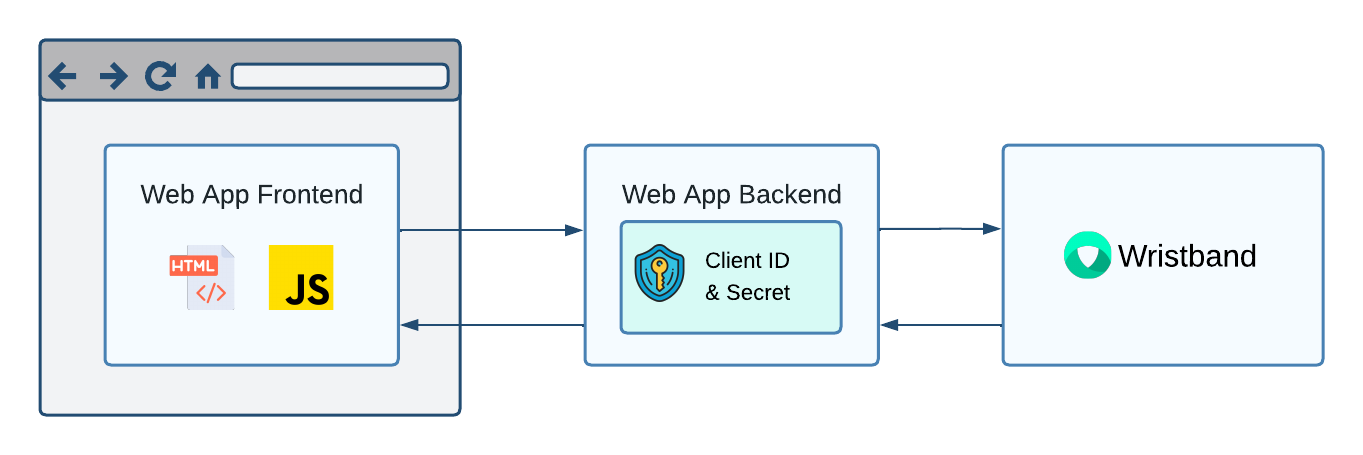
Figure 1. For backend server clients, the client ID and secret must be stored on the server, and all authentication requests to Wristband need to be made from the backend.
Supported Grant Types
Backend server clients support the following grant types:
- Authorization Code: The authorization code grant is used when authenticating users.
- Client Credentials: The client credentials grant can be used to authenticate the client itself.
Native Client Type
Native clients are designed for software that runs directly on a device, such as a mobile phone or desktop computer. Because they are public clients and cannot securely store a client secret, they can only authenticate users. To initialize the authentication request, the native application must open a browser and redirect to Wristband's authorization endpoint. This will then trigger Wristband's hosted login page to render in the browser. Once the user completes the login flow, Wristband will redirect to the client's registered redirect URI. From that point, the native application can call Wristband's APIs directly.
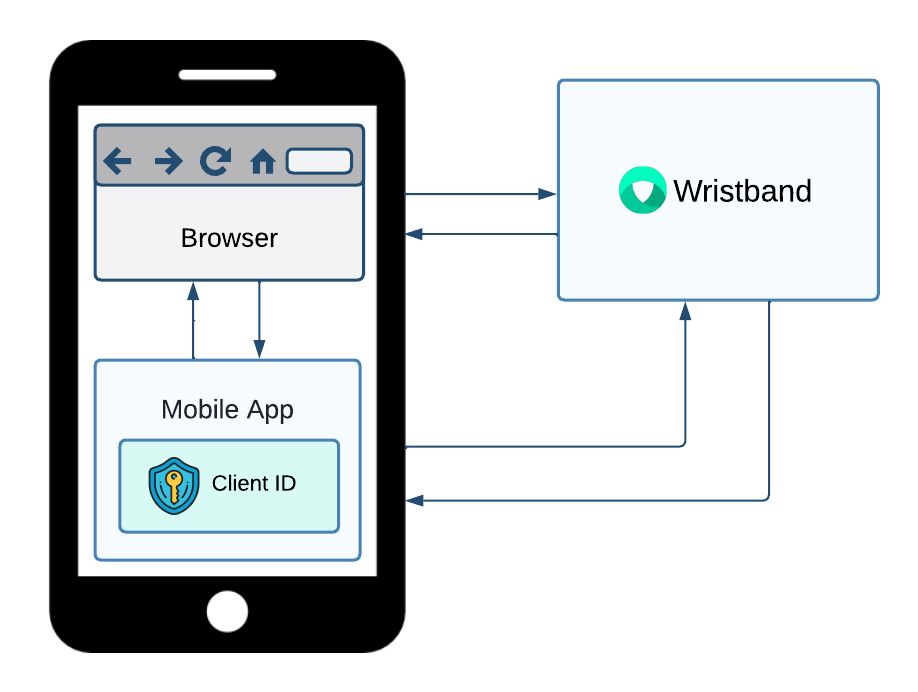
Figure 2. For native clients, only the client ID is stored in the mobile app. To initiate the login flow, a browser must be opened and redirected to Wristband's authorization endpoint. After the user logs in, the mobile app can make direct requests to Wristband's APIs.
Supported Grant Types
Native clients support the following grant types:
- Authorization Code With PKCE: The authorization code grant is used when authenticating users. For native clients, PKCE is required.
Unique Features
Native clients support several features that are not available to other client types. These include:
- Support for Custom Schemes in Redirect URIs: Native clients can register custom URL schemes (e.g.,
yourapp.com://) as redirect URIs. These schemes enable the browser to launch the native app when the redirect occurs. - Support for Loopback Addresses in Redirect URIs: Native clients can register redirect URIs using valid loopback addresses such as
localhostor127.0.0.1. - Support for Dynamic Ports in Redirect URIs: Dynamic ports can be used in redirect URIs using a valid loopback address, allowing them to handle redirects using an ephemeral local server running on a randomly assigned port. To use dynamic ports, leave off the port number when registering the client's redirect URI. Then, when calling Wristband's Authorize API, you can specify any port number in the
redirect_uriquery parameter.
Machine-to-Machine (M2M) Client Type
Machine-to-Machine clients are used for authenticating software processes that operate on their own behalf. For example, M2M clients can be used to authenticate backend microservices or scheduled background tasks. As confidential clients, they have a unique client ID and a secret, which should be stored securely on the machine. M2M clients can authenticate themselves by calling Wristband's Token Endpoint directly using the client_credentials grant.
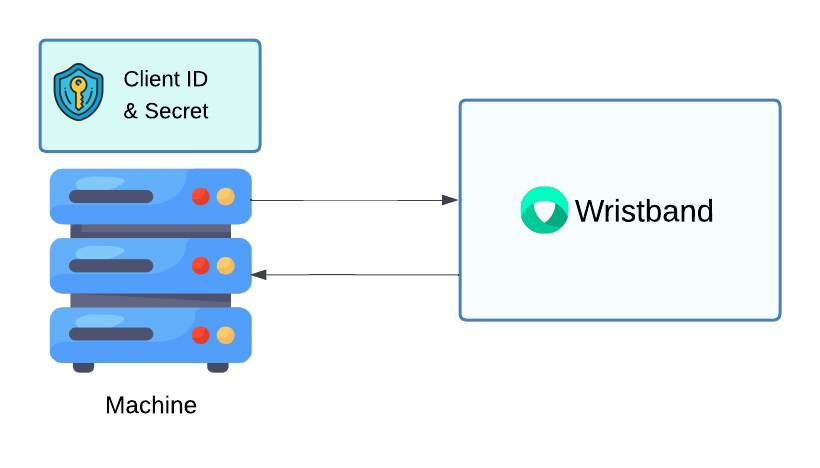
Figure 3. For Machine-to-Machine clients, the client ID and secret are stored locally on the machine and used to authenticate directly with Wristband.
Supported Grant Types
M2M clients support the following grant types:
- Client Credentials: The client credentials grant is used to authenticate the client itself.
Client Secrets
When a public client is created, a secret will be generated for it. When calling the following Wristband APIs, the client ID and secret must be passed in the Authorization header of the request using the Basic authentication scheme:
Wristband only stores the hashed version of the secret, so the plaintext version of the secret can only be viewed once after the client is first created. Therefore, after creating the client, you'll need to record the client secret and store it in a secure location. If you forget the client secret, you can rotate it to generate a new one.
Secret Rotation
Rotating a client secret generates a new one and sets it as the primary. The previous primary becomes the secondary. Both secrets (primary and secondary) remain valid, enabling both to be used while clients are migrated. Once all clients are updated to use the new primary secret, the secondary can be safely deleted.
Application-Level vs. Tenant-Level Clients
In Wristband, OAuth 2.0 clients can be created at either the application level or the tenant level. The right choice depends on your specific use case. In the sections below, we’ll explore the scenarios where each type is most appropriate.
Application-Level Clients
Application-level clients are used by your application to initiate authentication requests to Wristband. These clients are meant to authenticate users accessing your application. However, you can also create application-level Machine-to-Machine (M2M) clients to authenticate autonomous processes without user interaction.
NoteA single application-level client can be used to authenticate users across all tenants that belong to the application that client is associated to.
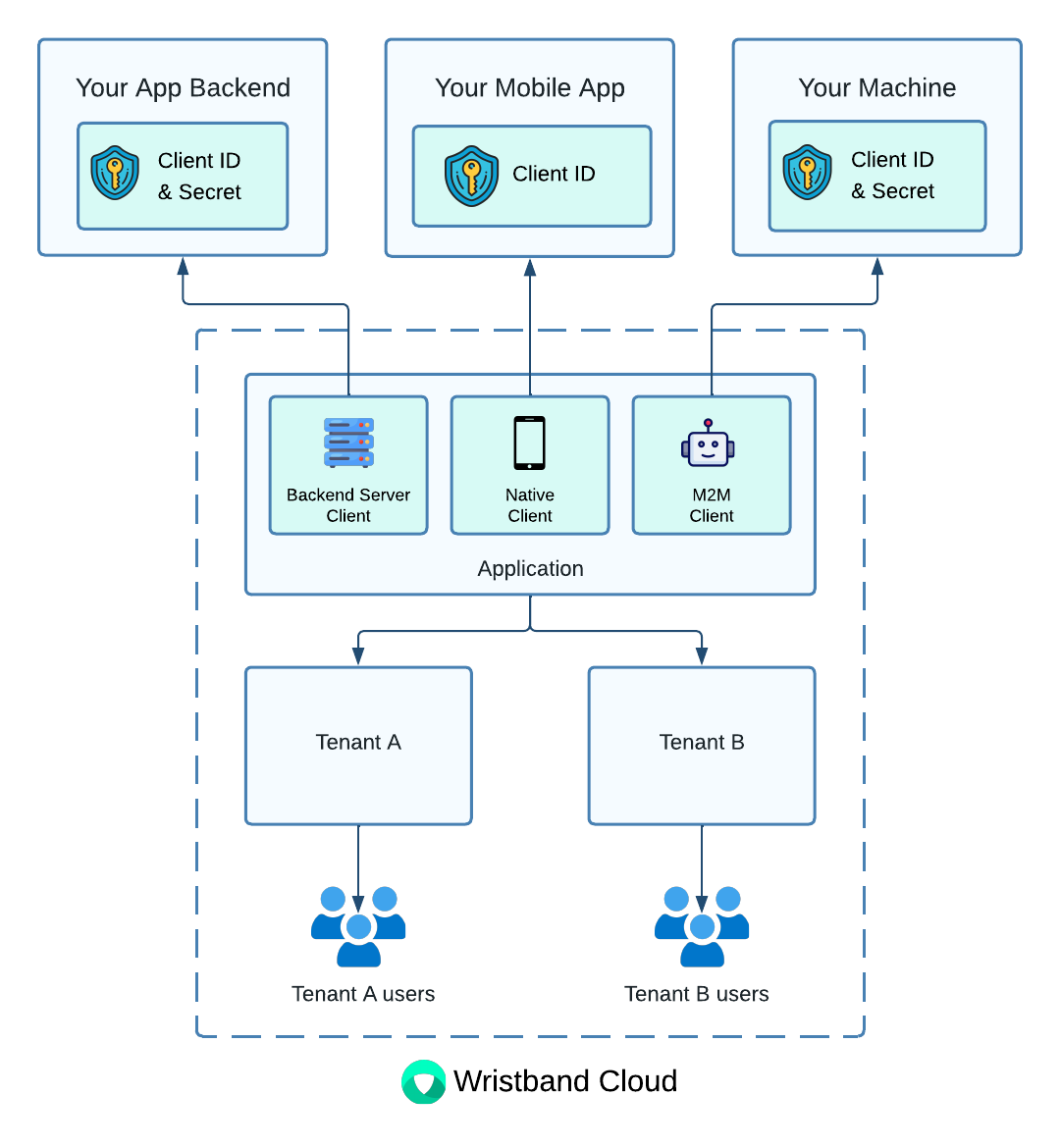
Figure 4. Illustration showing the different types of application-level clients that can be created.
Supported Client Types
Listed below are the types of clients that can be created at the application level:
- Backend Server
- Native
- Machine-to-Machine
Tenant-Level Clients
Tenant-level clients are intended to be used by your customers in order to acquire an access token that can be used to call your application's APIs. Your application APIs can then verify the access tokens provided in the request to authenticate the tenant clients.
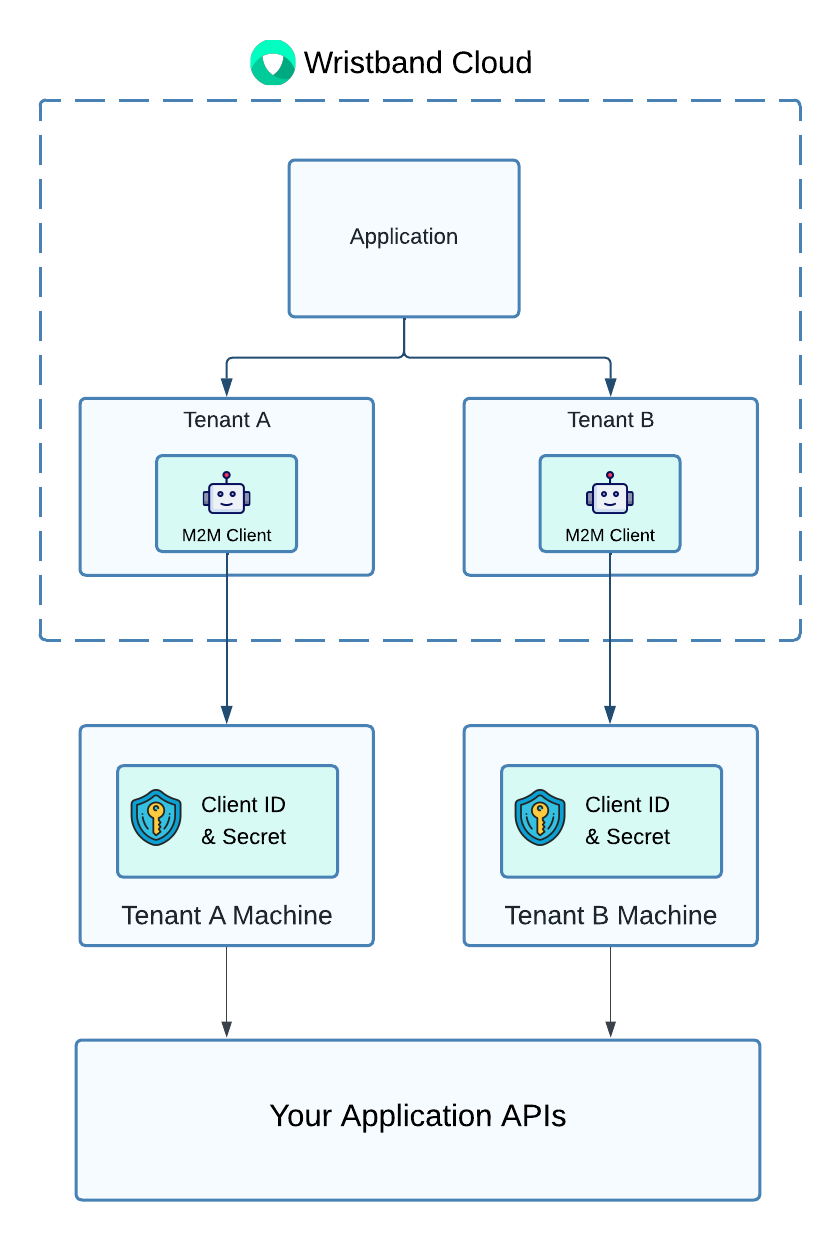
Figure 5. Illustration demonstrating how tenant machines can use tenant-level M2M clients to retrieve access tokens to call your application's APIs.
Supported Client Types
Listed below are the types of clients that can be created at the tenant level:
- Machine-to-Machine
Example Scenarios
Web Application + Mobile
Let's imagine you have an application that your users can access by the following methods: a web application in their browser served by NextJS, an Android app, and an iOS app. You would configure an OAuth2 Client for each of those three different interfaces to your application. Each OAuth2 Client can initiate authentication requests for all users under the application.
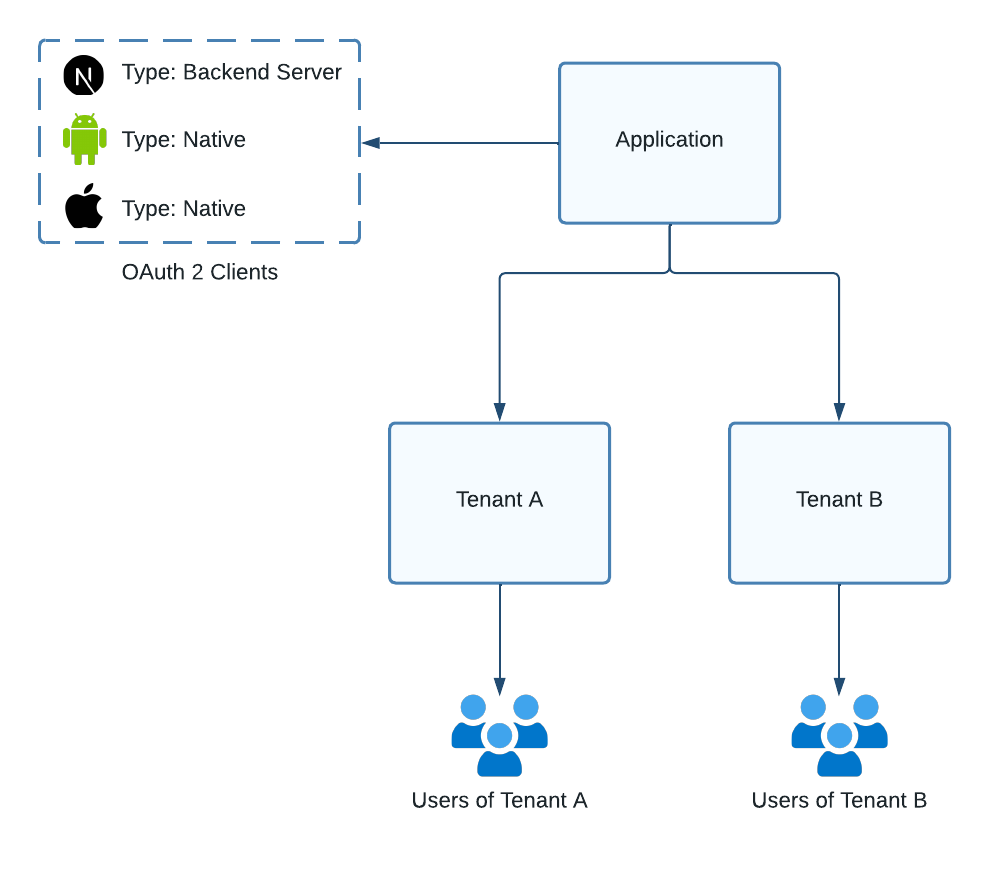
Figure 6. Illustration showing the clients for an application with a NextJS web app, Android app, and iOS app.
Backend Microservices
If your application is implemented using a microservice architecture, you can create an application-level M2M client for each microservice to authenticate requests between services.
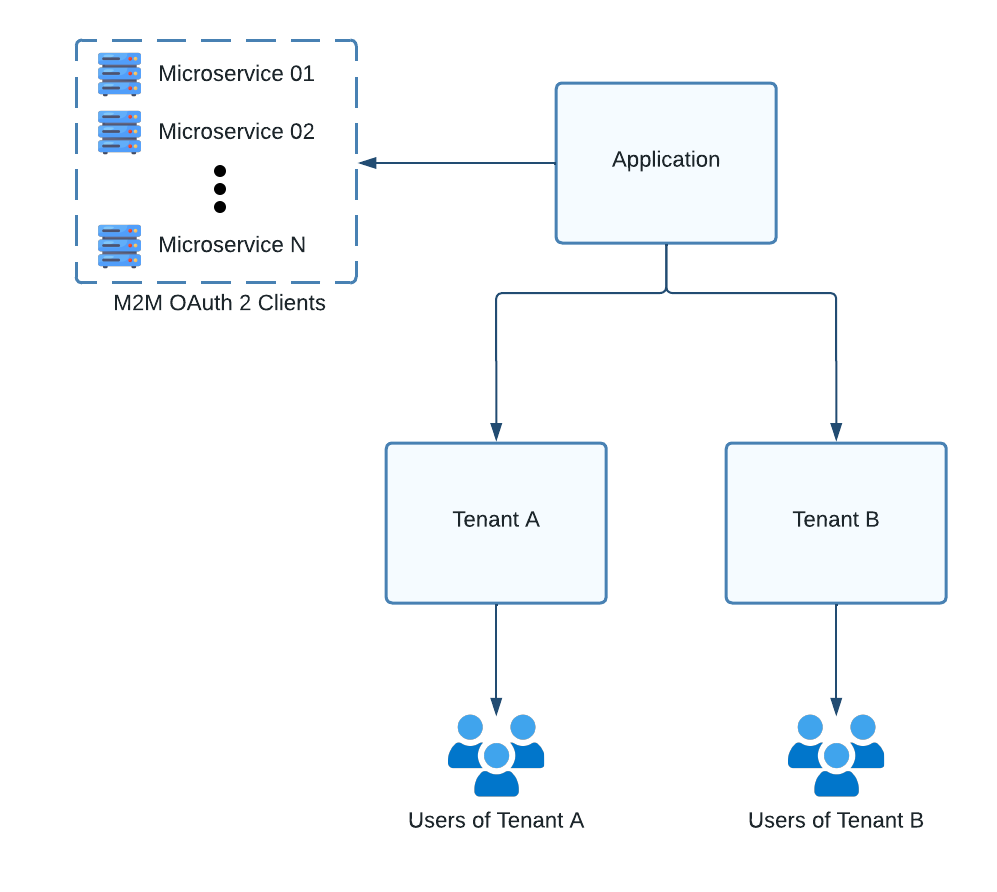
Figure 7. Illustration showing the clients for an application with backend microservices.
Updated 18 days ago